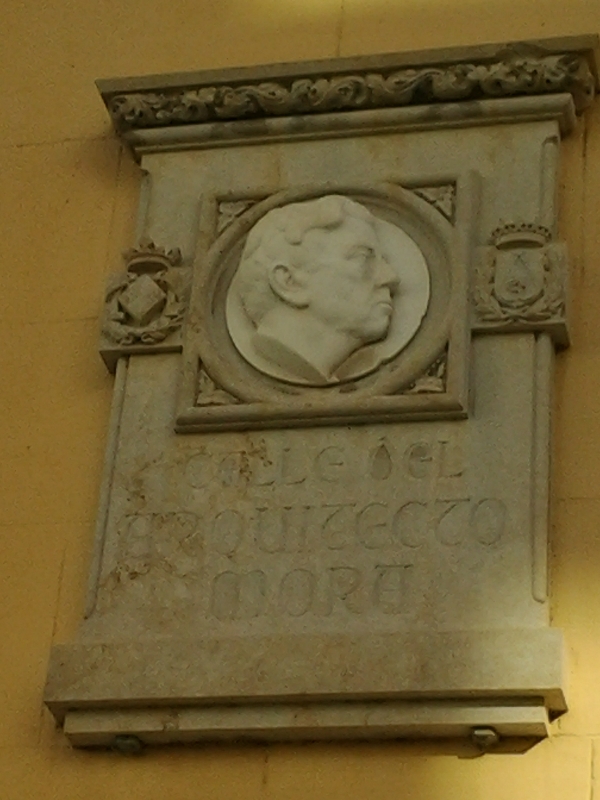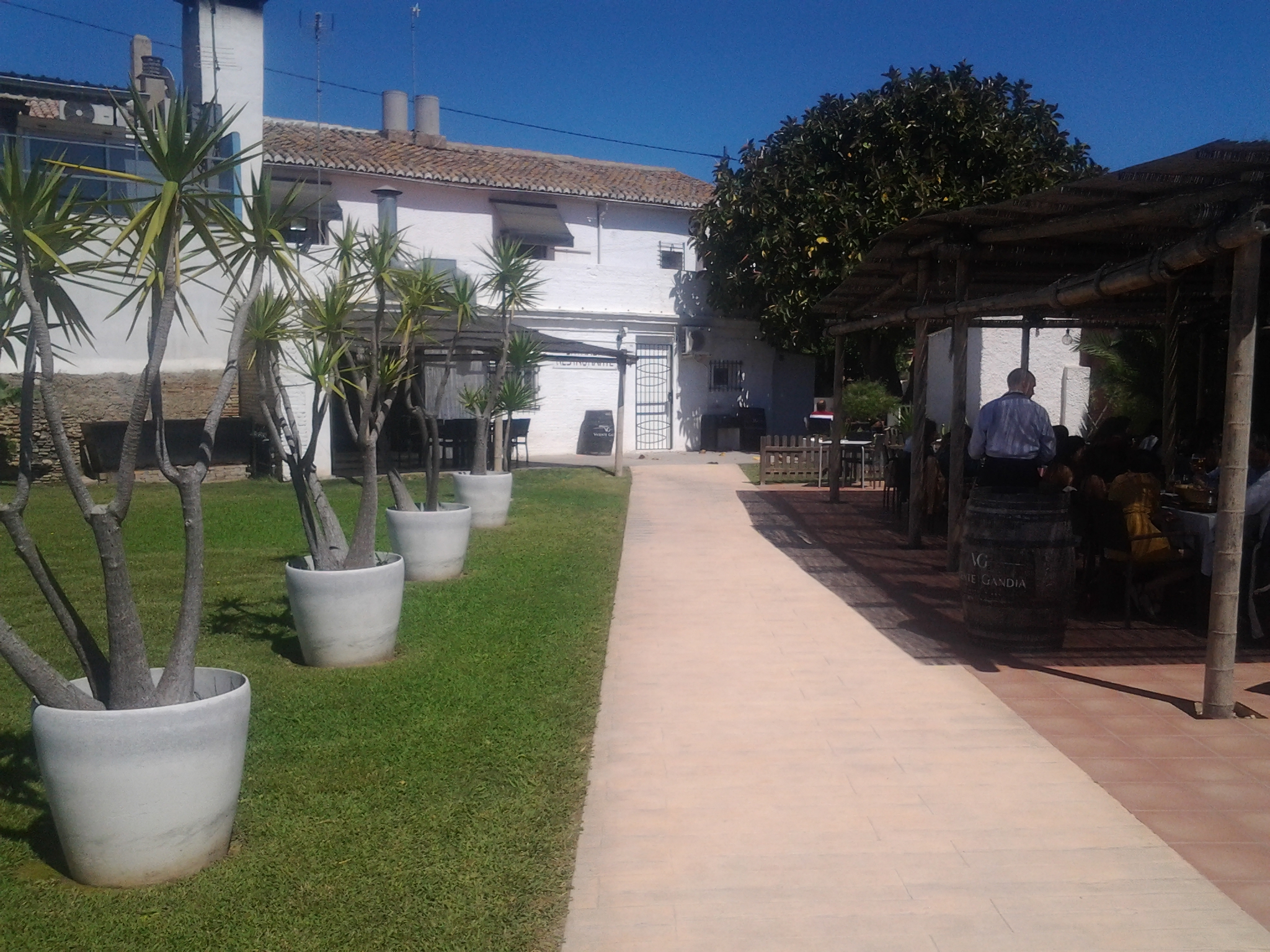Segorbe Plant to Transform Slurry into Fertilizer
– The Relive Waste project aims to reduce the environmental impact of slurry management through the application of innovative technology on a farm scale.
– The Global Nature Foundation is working on this research project, which has already started in Segorbe, one of the four pilot plants in the four participating countries, Spain, Italy, Bosnia-Herzegovina and Cyprus.

The Relive Waste project, carried out in Spain by Fundación Global Nature (FGN) together with La Unió and ALIA, investigates possible solutions for managing slurry from intensive pig farming. In recent weeks a new step has been taken with the start up of the pilot plant in Segorbe (Castellón) in which various solutions are being tested to transform the slurry into a fertilising substance (struvite), stabilising and recovering the nutrients, reducing the load of nitrates and phosphorus in the resulting by-products, and as a consequence minimising nitrate pollution in fields and aquifers.
This new step has been taken thanks to the pilot plant located in Segorbe, at the facilities of CITA (Centro de Investigación y Tecnología Animal de la Generalitat Valenciana). The project in fact contemplates the installation of three more plants: in Italy, Bosnia-Herzegovina and Cyprus, the objective being to adjust this technology in different geographical and agricultural contexts, in order to achieve a solution applicable to the whole of Europe.
The CITA plant was up and running for approximately ten days in January. In this first phase of adjustment, several samples were obtained which are being characterised to find out the richness of struvite and the capacity to reduce the levels of nitrogen and phosphorus. The first results in this respect, having used pre-treated slurry, show that the concentrations of nitrogen and phosphorus, the main causes of pollution of the wáter table, are significantly reduced. The objective, in a second phase, is to adjust the operation of the machinery to make it viable in the sector. Therefore, to adjust the process to obtain struvite and/or reduce significantly the levels of nutrients, but at the same time considering economic costs of the process and a realistic time investment.
Circular Economy
The project is an example of the circular economy: nutrients are recovered, pollution is avoided and the consumption of exhaustible resources is avoided. Slurry and manure are rich in phosphates and nitrogen and recovering them is a way of reducing environmental impact while recirculating them back to the sector for the benefit of both the farmer (savings in fertilizer or even sale of fertilizer) and society (since the phosphate now included in the fertilizers comes from over-exploited mines and reducing dependence is strategic).
Also in this second phase, the technology will be disseminated among farmers and administrations to promote its use and encourage investment or support through Common Agricultural Policy (CAP) policies.
This is a European project financed through the Interreg Med programme in the Green Growth line. This project will run from the beginning of 2018 to mid-2020.
Results at farm level
Next May, the plant will be up and running again in order to be able to use other types of slurry (such as non-pre-treated slurry) and to be able to obtain results on a farm scale. From this second start-up, samples of the precipitate will be selected to be used for agronomic study. The results of this agronomic test will demonstrate the effectiveness of this compound as a fertilizer in different types of crops.
While the pilot plant is in operation, open days will be held to provide in-depth knowledge of the operation of these facilities and workshops will be held with farmers and policy makers.






Recent Comments